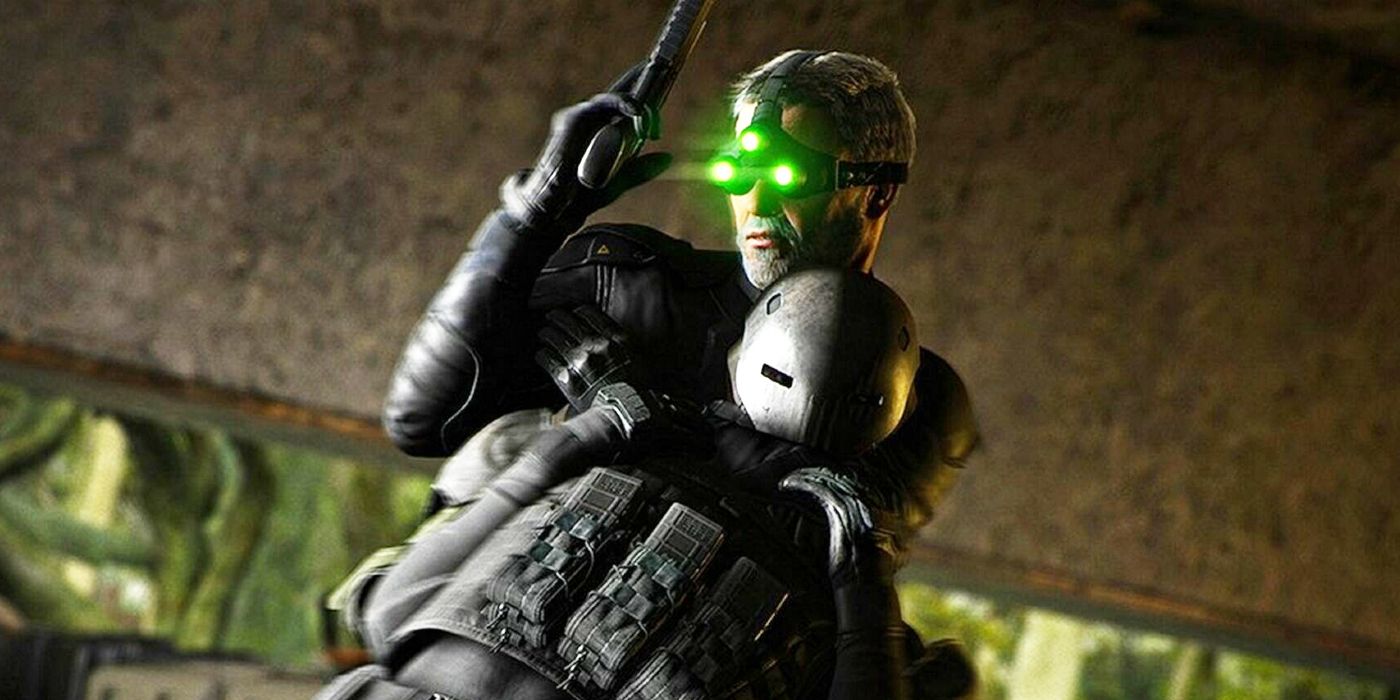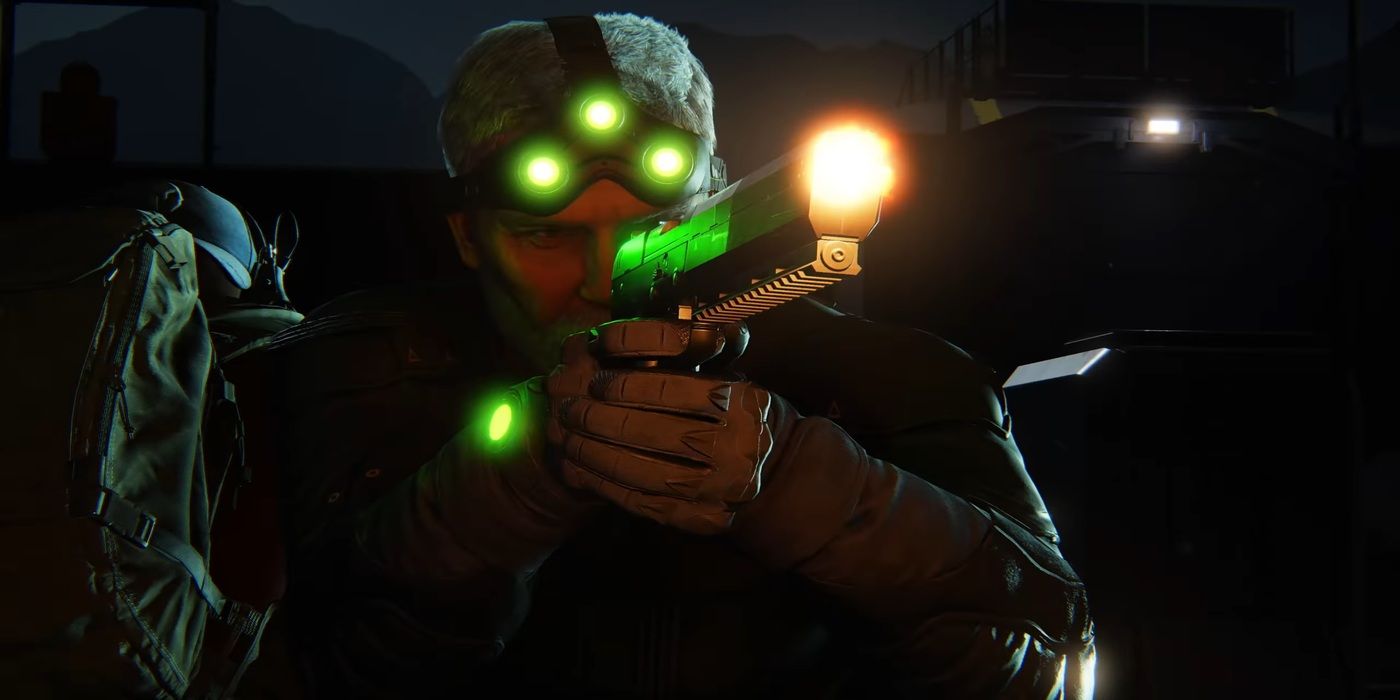The recently announced remake of Splinter Cell could be the best example of lighting on next-generation consoles. Because of the COVID-19 pandemic, the PlayStation 5 and Xbox Series X|S haven’t received as many new, innovative exclusives as expected in the past year, mostly due to the difficulties of transitioning to home offices for developers. However, with a console Splinter Cell game coming for the first time since 2013, players are more likely to see the power of the new consoles be put to full use.
Splinter Cell: Blacklist was the most recent entry in the Tom Clancy series, launching on the PlayStation 3, Xbox 360, and Wii U a little over eight years ago. Since then, Sam Fisher has cameoed in non-Splinter Cell games in the Tom Clancy franchise, like Rainbow Six Siege, but he hasn’t received an original installment in his own series. Although it’s not a new story, a remake of the first Splinter Cell, which was released in 2002, has been greenlit at Ubisoft Toronto, exciting fans who have been waiting years for the franchise’s revival.
Considering the history of the Splinter Cell series, as well as a few comments made by the Ubisoft Toronto developers, the upcoming remake is poised to show off the true capabilities of next-generation technology. When Splinter Cell launched in 2002, it pushed the boundaries of environmental lighting, emphasizing the space around Sam Fisher as a resource for stealth. Now, almost 20 years later, Ubisoft Toronto may have yet another shot at reinventing what lighting means for video games.
The Splinter Cell Remake Is Being Made With Ubisoft's Snowdrop Engine
For the development of the Splinter Cell remake, Ubisoft developers are using a new engine called Snowdrop. Although Ubisoft fans haven’t seen much of the engine in action, Snowdrop is being used on the new Avatar game, Frontiers of Pandora, as well as the untitled Ubisoft Star Wars game. In an interview announcing that the Splinter Cell project has been greenlit, developers with Ubisoft Toronto specifically mention their excitement about Snowdrop’s capabilities when it comes to lighting and shadows, a core element of Splinter Cell’s gameplay.
It’ll be difficult to say how effective the visual elements of Snowdrop are until at least one of these games releases. However, the development team’s emphasis on lighting from its first announcement is already a good sign. With the combined technology of the PlayStation 5 and Xbox Series X|S and a new game engine that encourages more complex lighting and shadows, Splinter Cell appears ready to reinvent what’s possible in video games yet again.


